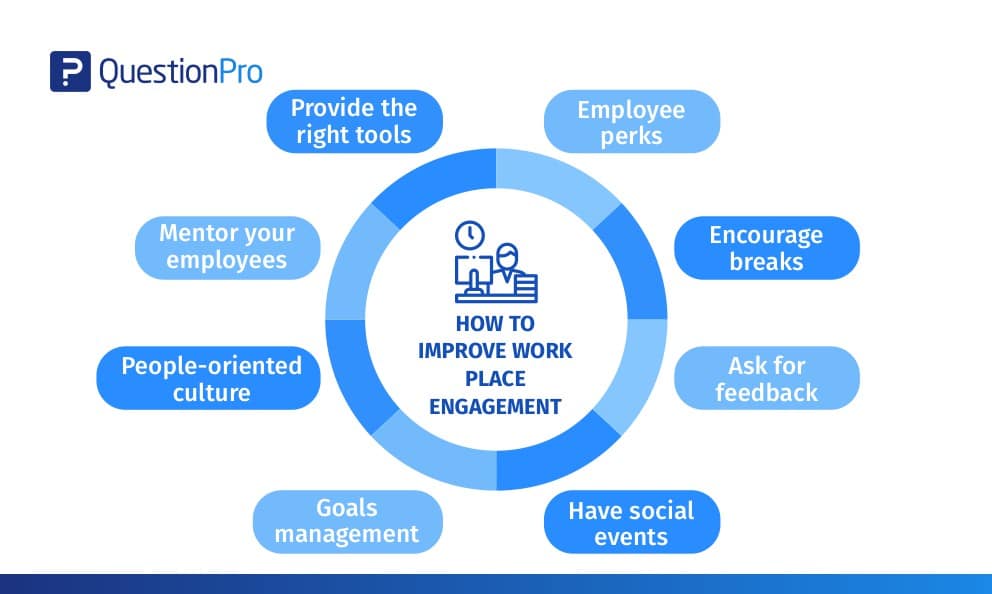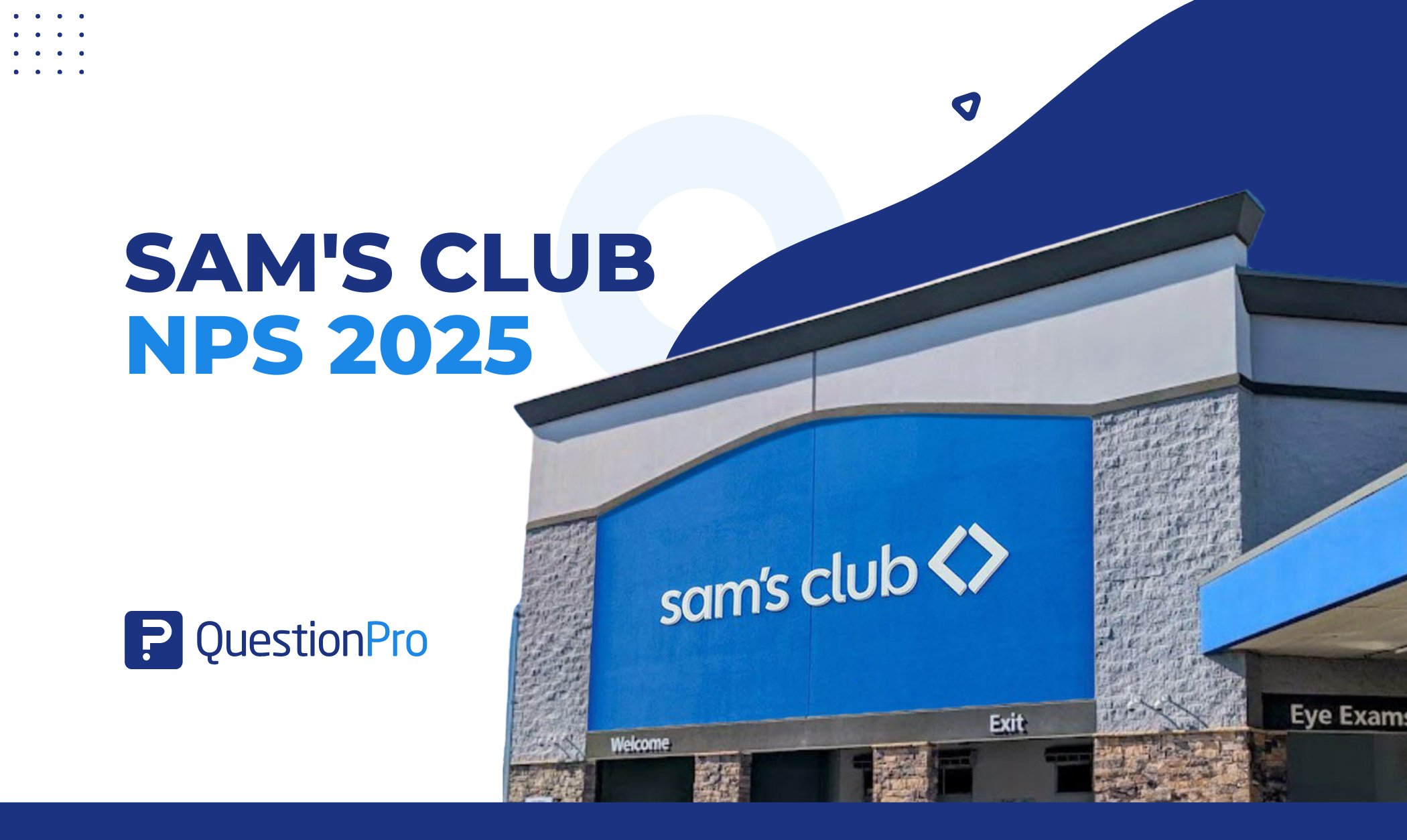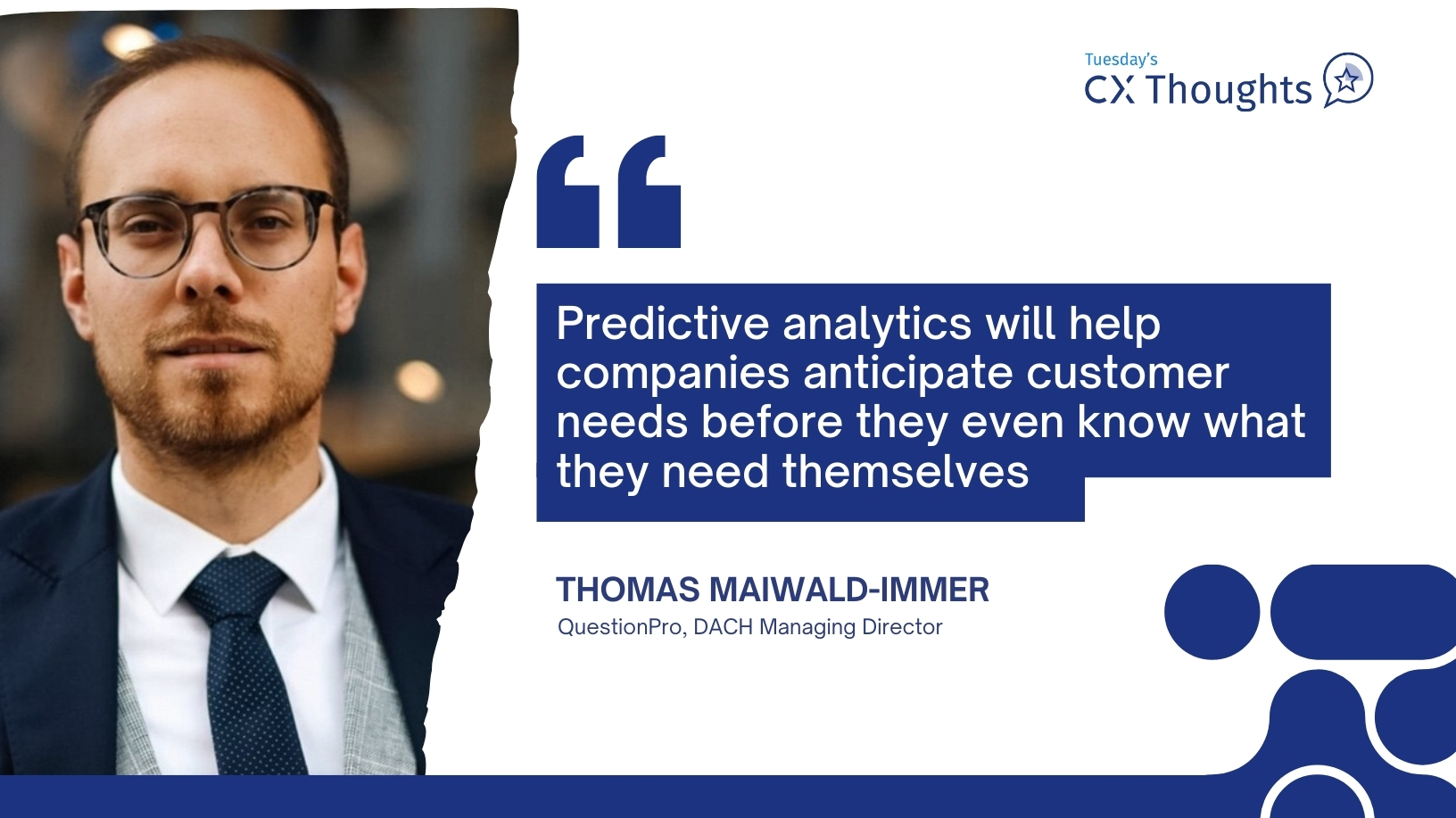
What is workplace engagement?
Workplace employee engagement is quite important to organizations, and they are focussing on improving it more and more every year. Keeping workplace engagement high is much difficult than it sounds, considering globally, a mere 15% of employees are said to be engaged at their work.
Workplace employee engagement directly impacts staff motivation, employee productivity, workforce morale, employee turnover, employee experience, etc.
A recent study conducted by the Bureau of National Affairs suggested that annually, businesses in the US stand to lose $11 billion to employee turnover.
Actively disengaged workers cost organizations money, whereas engaged employees are high performing assets and make organizations money.
According to a study by Gallup, organizations that have high staff engagement rates are 21% more profitable than counterparts.
Workplace engagement insights
Traditionally, organizations did not believe workplace engagement would hamper organizational operations or success. They have changed their belief over the years, and there is significant data to back it up. Let’s look at some of that compelling data.
Organizational success
Workplace staff engagement directly impacts your business operations. Disengaged employees may not be as dedicated to their work as their colleagues, which can seriously hamper deadlines and team productivity.
A report by Harvard Business Review Analytic Services suggested 71% of executives believe staff engagement is critical to organizational success.
Expenses
Disengaged employees become a burden to the organization on account of their lack of productivity and motivation. What’s more worrisome is that they may bring the performance of the entire team down.
A survey by Gallup suggests low workplace engagement costs organizations about $450-500 billion annually.
Showing up for work
Disengaged employees do not have the motivation or the zeal to get up and get to work every day. A reason could be that they do not like the work they do anymore, or they do not get along with the team, etc.
A study by Gallup suggests that workplaces with highly engaged employees record 41% lower work absenteeism.
Employee attrition
Disengaged employees leave organizations, eventually, if not right away. Low engagement levels directly impact employees’ intent to stay increasing the attrition rate.
You can gather your own insights using our online employee survey tool. Sign up for a free account and start conducting surveys.
How to improve your employee’s workplace engagement
You now know how important workplace staff engagement is, but how do we go about improving it? Well, here’s what you need to do, look into these key 15 aspects to improve your organization’s engagement.
-
Provide the right tools
Employees need the right tools to do their job effectively and efficiently. Without that, you cannot expect them to deliver their best. They may feel disheartened if they don’t have the tools they need to succeed. This could potentially result in them quitting the organization.
-
Learning and development
Employees learn on the job; they see what their superiors do, how management takes decisions, etc. Apart from this, you also need to ensure they take part in various types of L&D programs. You need to drive those internally and make sure they participate in those. Employees today need to upskill and reskill constantly, and you should aid their efforts.
-
Pay close attention
Today’s workforce is very diverse; you have employees from various backgrounds, generations, nations, etc. working together. It is always good to have diverse teams; employees learn from each other. Diversity and inclusion (D&I) is key to a healthy engagement rate. However, you should pay attention to all your employees, meet them individually, or have some sort of communication. Diverse employees will have their own challenges and skills that you need to look at and understand.
-
Listen to your staff
Employees feeling they need to be heard is normal for all organizations; they have ideas that can help improve your organization’s productivity and success, and concerns that need to be addressed. Make sure you provide them with an avenue to express what they feel and need. Organizations that listen to their employees and act on their concerns report higher levels of engagement.
-
Recognize and celebrate achievements
All employees work hard towards completing their tasks and excelling at them and they need to be recognized. While recognizing the efforts of all employees may not be possible, you can certainly recognize and reward the wins of some employees. It does not have to be something big; it can be something as small as a coupon or voucher recognizing their efforts for that week, or month, or quarter. Failure to recognize your employees may hamper employee morale.
-
Employee perks
Only health and dental plans are not what employees want or look at. For some, it may be flexible working hours, for they could be learning something and need to get to classes. For some, it could be working from home, for they have to travel long distances to get to work every day. Whatever it may be, if it can be accommodated, please do so. This will go a long way in gaining their trust and loyalty.
LEARN ABOUT: Employee Trust
-
Be genuine and honest
This holds true for all employees, from colleagues to managers, to the management team. Transparency about projects, business, etc. is valued by employees and plays a key role in gaining their trust and respect. This holds true for employee-manager, employee-management relationships too.
-
Encourage breaks
Employees need to take a break once in a while to take their minds off work. Not only does it relieve stress, but it also is important to ensure your employees don’t buckle under pressure. Some assignments or days can be demanding, and if employees are not encouraged to take breaks, they may burn out. Also, encourage your employees to do take weekends and holidays off and go for some fun activities, family time, exciting adventure, etc.
-
Asking for feedback
One more way that increases engagement is by asking your staff for feedback. Soliciting their feedback ensures their opinions matter and play a crucial role in the company. Create new channels of communication to gather feedback if you must.
-
It is always good to hang out with your colleagues and get them to know outside of work too. Arrange small events such as weekend outings or coffee chats to have fun together and know them better. You can always do video calls on weekends, from the comfort of your home and pajamas.
-
Goals management
Employees need to be clear about their goals and the organization’s goals. They need to be aligned for efficient business outcomes. As supervisors, help them manage their goals better and ways to get there faster and efficiently.
-
Great work environment
Commuting to work takes some effort, more for some than others. After you get to work, you have so many things to worry about deadlines, meetings, etc. Organizations can ensure they provide a great work environment where employees can find comfort and are at ease.
-
People-oriented culture
An employee is so much more than their skillset or assignments. Get them to know better, understand them more, know more about their hobbies, etc. Value your employees, and your workplace engagement will go up.
-
Mentor your employees
Employees need mentors to understand their work, to get it done efficiently and effectively, liaise with customers, and much more. Let your senior employees know about this and ask them to help them out. Start a mentorship program and encourage all employees to have a mentor-mentee relationship and use experiences from these to drive employee engagement.
-
Collaborate frequently
Cross-collaborations help not only complete tasks but also learn many things from their colleagues. Make sure you have an environment that fosters collaboration to improve workplace staff engagement.

Survey software to improve workplace engagement
Online employee engagement surveys make for a good way of measuring engagement. An online survey generator platform or tool like QuestionPro Workforce helps prepare and conduct surveys. They also generate detailed reports that are you to make timely and informed decisions.
Here’s how survey software help organizations measure and enhance workplace engagement.
- Monitor workplace engagement
Getting feedback directly from your employees is an ideal way to track your workplace engagement. Their feedback is candid and honest, and if they know management will act on the feedback, they will willingly share their feedback - Be receptive to your staff
Gathering feedback is not enough; you really have to listen to them and act on it accordingly. If they see action and implementations, they will be more forthcoming. - Act on employee feedback
Once you have the data on workplace engagement from your surveys, take corrective action right away, look at what’s working and ramp it up. All your employee engagement strategies and initiatives post workplace engagement surveys need to be visible to your staff. Measure employee engagement often to avoid any shortcomings in your people processes.







